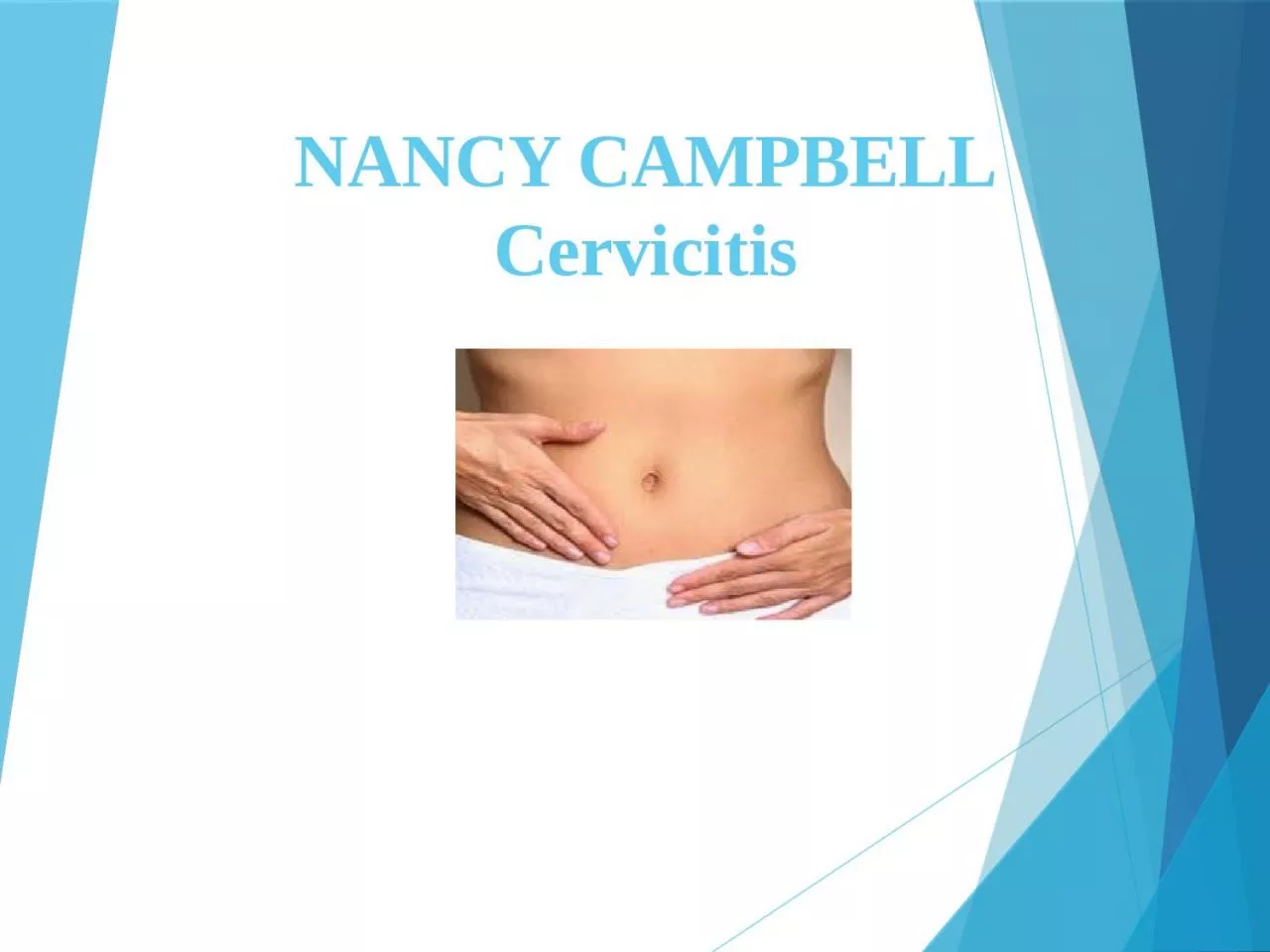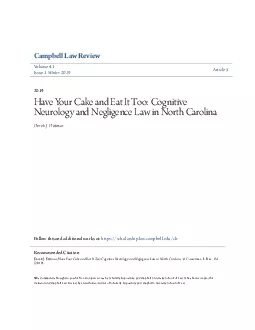PPT-NANCY CAMPBELL Cervicitis
Author : danya | Published Date : 2024-01-29
SUMMARY Sexually transmitted infections STIs continue to present major health social and economic problems in the developing world Gonococcal infections and their
Presentation Embed Code
Download Presentation
Download Presentation The PPT/PDF document "NANCY CAMPBELL Cervicitis" is the property of its rightful owner. Permission is granted to download and print the materials on this website for personal, non-commercial use only, and to display it on your personal computer provided you do not modify the materials and that you retain all copyright notices contained in the materials. By downloading content from our website, you accept the terms of this agreement.
NANCY CAMPBELL Cervicitis: Transcript
Download Rules Of Document
"NANCY CAMPBELL Cervicitis"The content belongs to its owner. You may download and print it for personal use, without modification, and keep all copyright notices. By downloading, you agree to these terms.
Related Documents














